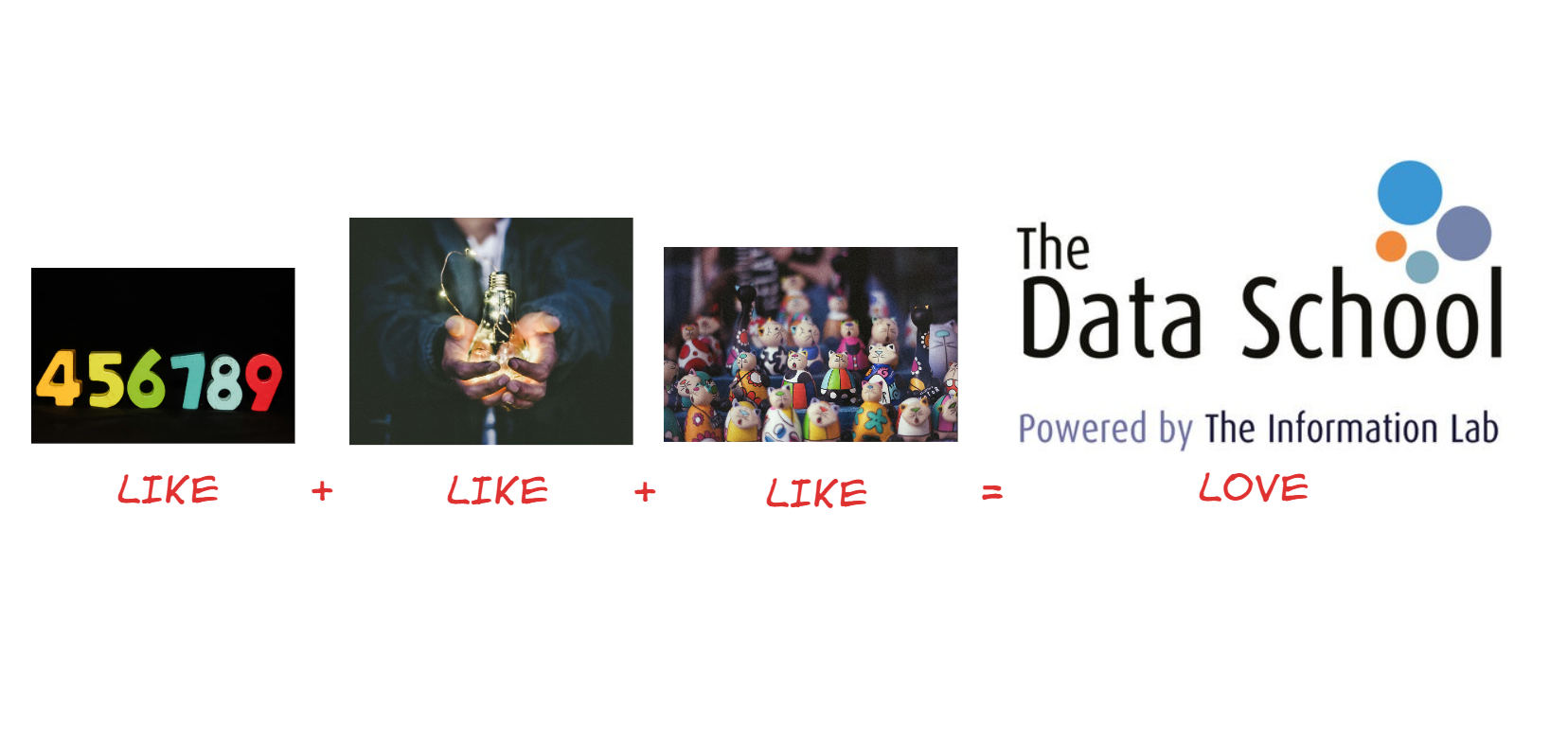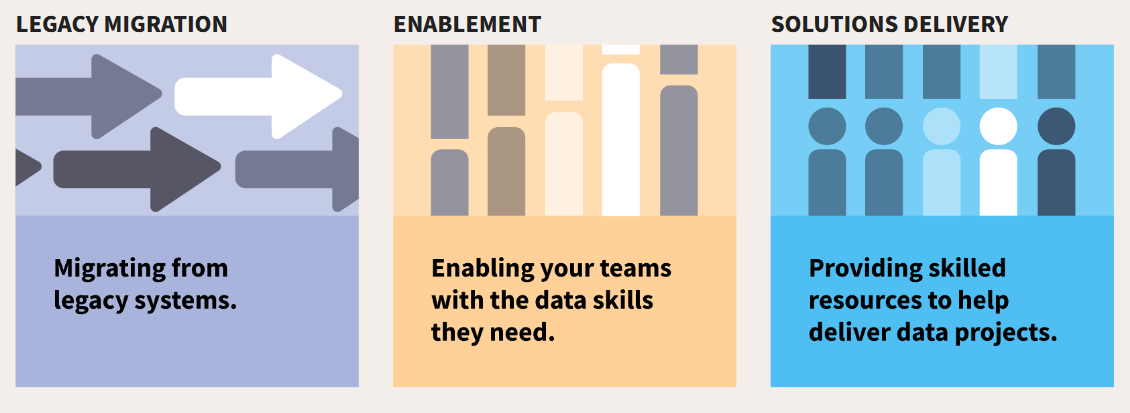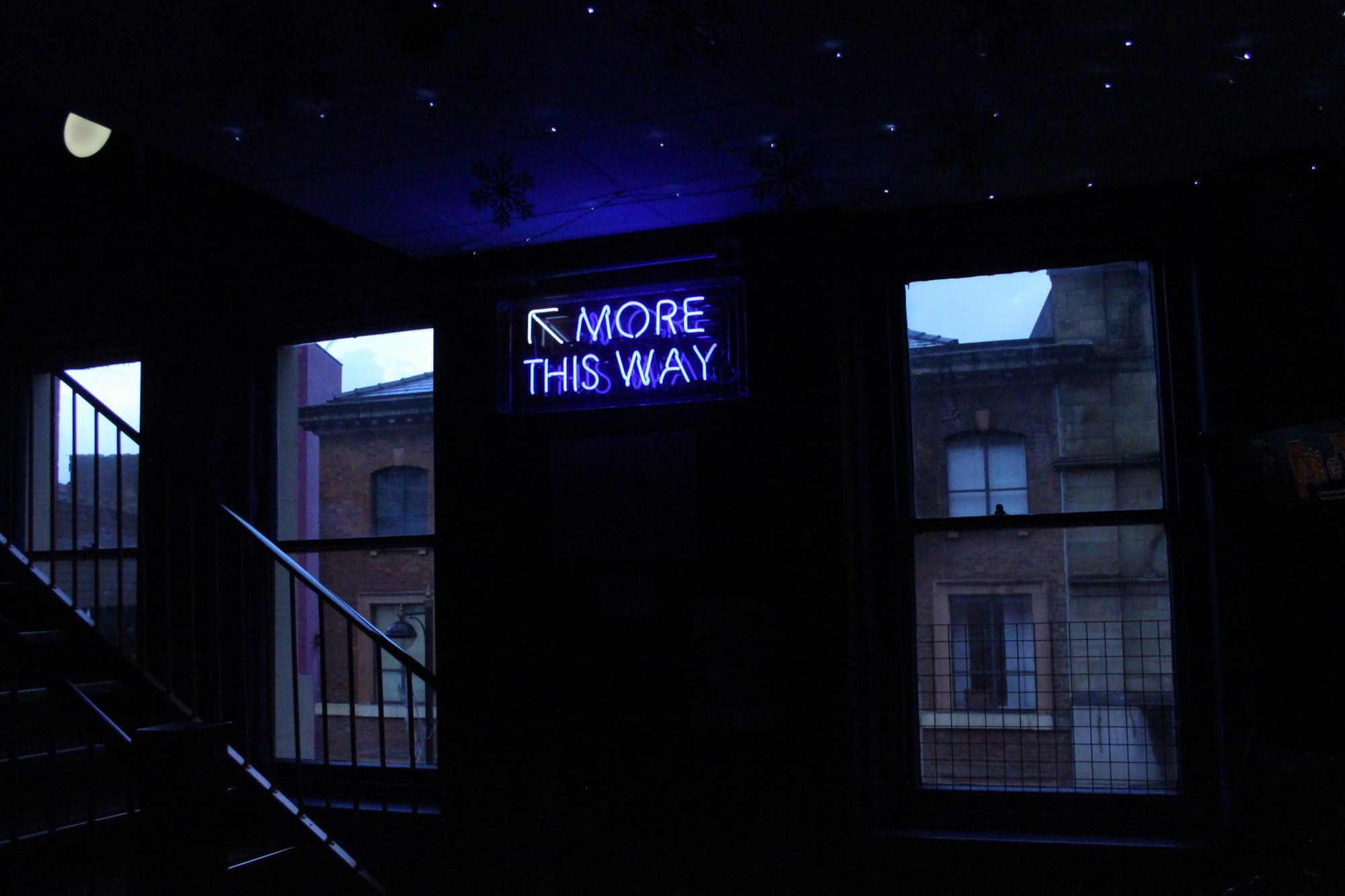When I first found out about The Data School, I thought a role as a data analytics consultant sounded perfect. I like numbers (data), problem solving (analysis) and working with people (consulting). So my naive brain put two and two together to make four and decide that I should become a data analytics consultant.

Whilst the logic in the decision might not have been entirely flawed, a little more insight into the role might be recommended. This blog is what that should provide you (as well as demystifying my family who keep asking what exactly a data analytics consultant does).
A data analytics consultant wears multiple hats depending on what the client who hired them wants them to do. This primarily boils down to three broad categories: legacy migration, enablement and solutions delivery. These are three fancy terms to encompass somewhat simple ideas (at least, easily explainable ideas as we don't spend 4 months in training twiddling our thumbs as far as I can tell).

First up: legacy migration. This is moving the client from an older system onto a newer one. Technology is moving at such a rapid rate that it is easy to fall behind but it is important to stay on top of this as it not only poses security risks, but also can be more expensive in the long run. To maintain efficiency in the modern world, the client may choose to update their software platforms and ask us to assist them in this progression, using our expertise to smooth the upgrade.
Next up: enablement. This typically involves assisting the client in bringing a new platform to the wider company. What this often means is teaching the company staff the basics on how to use a platform (e.g. Tableau) whether that be through intensive courses or setting up a data analytics community within the company to champion the platform from within. The consultant can also act as a port of call for any potential questions down the line.
Finally: solutions delivery (also known as augmentation). This is the bulk of what we do as consultants. We clean the data, explore it, analyse it and then communicate that. We use a range of tools to complete this depending on what the client is asking for and what the client has access to e.g. Alteryx to clean the data or Tableau desktop for visualisation.
So, that's everything we do? Not quite.

There are also all of the soft skills that we hone in training to enable us to become better consultants. We work on communicating with clients to understand their needs and how we can help. We learn how to present our insights in a clear and concise manner to guide effective decision making. We build trust with clients by demonstrating our knowledge and form relationships through long term placements. This can all boost their confidence in advice we may offer. In general, we learn how to act as a support in the area our client would like us to consult.
So, returning to my original question...
To anyone who likens confusion over what a data analytics consultant does to the confusion that the characters in 'Friends' experience over what Chandler Bing's exact job role is, point them to this blog post. Hopefully I have resolved at least some of that confusion whilst showing life as a data analytics consultant can utilise a variety of skills which we will be honing in our time at the Data School. Or perhaps I caused more confusion with an outdated 'Friends' reference and if so, I apologise
This is my general understanding of the role from research and what we've been taught in our first week. I am sure that as I learn, I will come to find different aspects which I think are of lesser or greater importance so I may revisit this post in the coming months. For now, onwards to week 2!
Photo credits:
Data photo credited to Jesús Vidal on Unsplash. Problem solving photo credited to Riccardo Annandale on Unsplash. People photo credited to Maharram Hasanli on Unsplash. More photo credited to MIGUEL GASCOJ on Unsplash.
